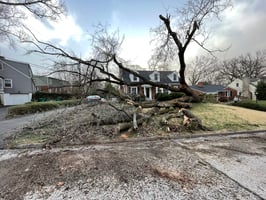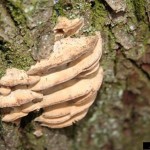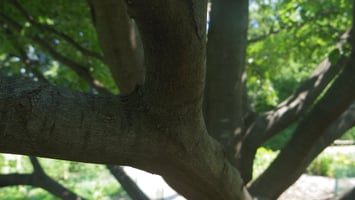The St. Louis area has already experienced a destructive tornado season so far. Read on to learn...
Understanding the Importance of Root Collar Excavation on Deciduous Trees
Deciduous trees grace our landscapes with their stunning foliage and provide numerous benefits to the environment. However, like any living organisms, trees require care and maintenance to thrive. One essential aspect of tree care is root collar excavation, a practice that involves exposing and inspecting the area where the tree's trunk meets its root system. In this blog, we will explore the significance of root collar excavation in the health and longevity of deciduous trees.
Understanding the Root Collar:
The root collar, also known as the tree's "flare," is the transition zone between the trunk and the root system. It plays a vital role in a tree's stability, nutrient absorption, and overall health. However, the root collar is often susceptible to various issues, such as soil compaction, excessive mulch, and improper grading. These factors can lead to the burial or suffocation of the root collar, compromising the tree's well-being.
The Importance of Root Collar Excavation
1) Exposing Potential Problems: By excavating the root collar, arborists can assess the tree's condition and identify any underlying issues. This process allows them to inspect for girdling roots, decay, or damage caused by pests or diseases. Early detection of these problems can lead to timely intervention and prevent further deterioration of the tree's health.
2) Enhancing Oxygen and Moisture Exchange: The root collar requires access to oxygen and moisture to support the tree's vital functions. When the collar is buried or covered with excessive mulch, it restricts the exchange of gases and water. Excavating the root collar helps to expose it to the necessary airflow and moisture, promoting optimal root respiration and nutrient uptake.
3) Preventing Rot and Decay: The root collar is particularly vulnerable to rot and decay when it remains covered or buried for extended periods. Moisture trapped around the root collar can create a favorable environment for fungal growth, leading to decay and structural weakness. By excavating the collar, arborists can remove decaying matter, allowing the tree to heal and preventing further damage.
Root Collar Excavation Process:
1) Assess the Tree: Before initiating root collar excavation, it is crucial to evaluate the tree's overall health and determine if the process is necessary. Consulting with a certified arborist can provide valuable insights and ensure appropriate care.
2) Remove Excess Soil and Mulch: Carefully remove any soil or mulch accumulated around the base of the tree, taking care not to damage the root system. A gentle hand or an air spade may be used to avoid causing harm to the tree.
3) Inspect for Issues: Thoroughly inspect the exposed root collar and surrounding area for signs of decay, girdling roots, or damage caused by pests or diseases. Consult a professional arborist to address any problems discovered during the inspection.
4) Implement Corrective Measures: If any issues are identified during the excavation process, appropriate corrective measures should be taken. This may include pruning girdling roots, applying treatments for pests or diseases, or implementing strategies to improve soil conditions.
Root collar excavation is a critical practice for maintaining the health and longevity of deciduous trees. By exposing and inspecting the root collar, arborists can identify and address potential issues, improve oxygen and moisture exchange, and prevent rot and decay. If you have deciduous trees on your property, consulting with a certified arborist and considering root collar excavation can help ensure their well-being and enhance the beauty of your landscape for years to come.



